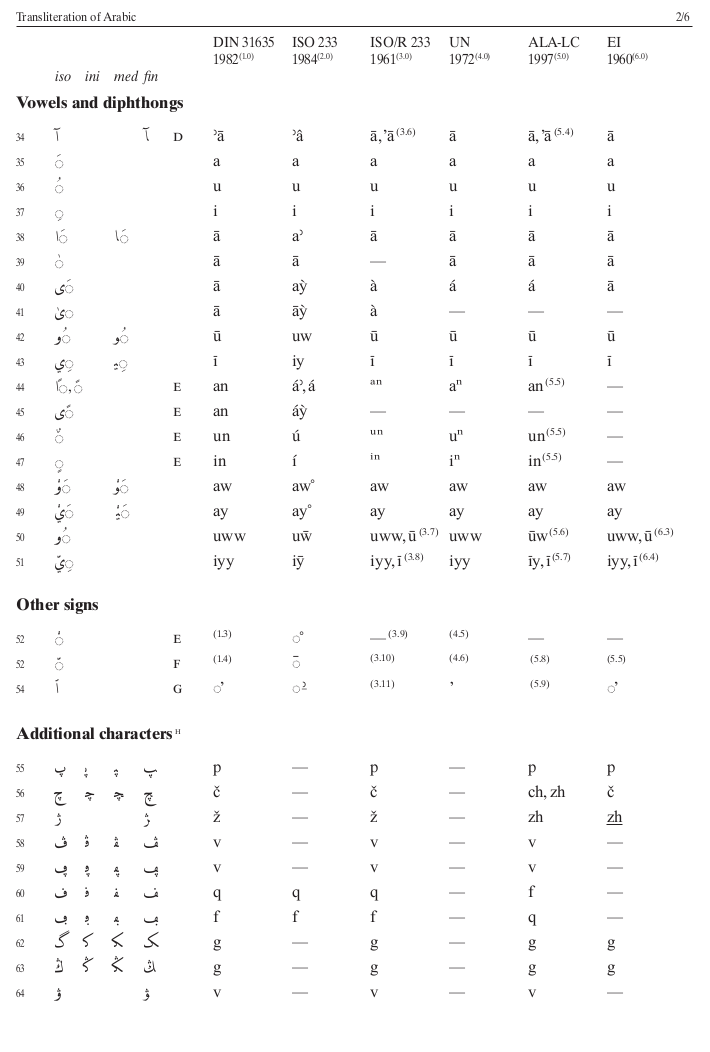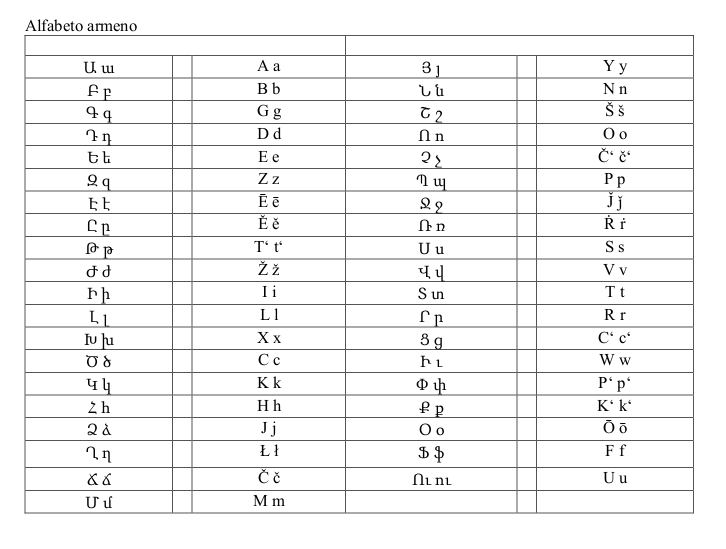Notes for Contributors
Scope
Aldrovandiana. Historical Studies in Natural History is a new scientific journal entirely dedicated to the study of natural history from antiquity to the twentieth century. Ulisse Aldrovandi’s unique combination of curiosity and thoroughness applied to naturalistic studies inspires the founders of the journal to consider natural history in a global perspective, with a specific focus on the Mediterranean area as well as the Near- and Middle-Eastern regions. Aldrovandiana is also meant to offer an interdisciplinary space of encounter and exchange between early-career scholars and more expert researchers. Aldrovandiana is a biannual, peer-reviewed, and open access journal that publishes contributions in Italian and in English, granting ample space to illustrations and images. Aldrovandiana is published by Bologna University Press and the first issue appeared in July 2022.
Ethical and Legal Conditions
Submission of articles
Articles, reviews and other contributions should be submitted to: redazione@aldrovandiana.it
Address & Contact
For any questions about your manuscript or Special Issue, please contact the Editors-in-Chief, Marco Beretta (marco.beretta@unibo.it) and Lucia Raggetti (lucia.raggetti@unibo.it)
Postal address (for sending books for reviewing)
Aldrovandiana c/o OFFISS
University of Bologna
Department of Philosophy and Communication Studies
via Zamboni 38
40126 Bologna
Italy
Requirements for contributions
General
The journal is double-blind-peer reviewed: all manuscripts are refereed by the Editors with the help of external experts and may be accepted (possibly after the implementation of specific changes suggested by the peer-reviewers) or rejected.
Manuscripts that are submitted for initial consideration should be complete, including all notes, bibliographical references, illustrations, tables, etc.
Final versions must be proofread carefully before submission, and authors may be requested to make changes to their manuscript in accordance with the reviewers’ comments. When submitting the revised version, please also include a detailed, point-by-point response to the reviewers.
Manuscripts that are not edited according to the present guidelines may be returned for renewed proofreading and editing.
For general rules on style not touched upon in the style sheet (see below), please refer to the Chicago Manual of Style https://www.chicagomanualofstyle.org/home.html
The journal reserves the right to copy-edit contributions to conform to its style.
Language
The main languages of Aldrovandiana are English, Italian and French. Manuscripts in other languages may also be considered for publication. English contributions should conform consistently with either British English or American English spelling.
Length of contributions
Full-length articles should not exceed 12,000 words. The Editors in Chief may be contacted to arrange for exceptions to this limit. Special Issues include an introduction written by the guest editor/s that aims at presenting the special issue’s topic and its historical significance; the introduction is followed by essays (max 8) of full-article length.
Book review: 800 to 1,200 words
Announcements, Projects & Conference Reports: 800 to 1,200 words (non peer-reviewed)
Format
Manuscripts should be submitted in the following format: MS Word document; font: Times New Roman, 12-point, double-spaced; page formatting: standard page size and default margins. Manuscript including non-Latin scripts should also be submitted in pdf format. The pdf format is going to be used as an accurate rendition of those scripts as intended by the author. Acknowledgments and reference to funding bodies should be placed in the first footnote of the document.
Abstract and Keywords
Every manuscript should be accompanied by an abstract (max. 150 words), and a brief list of keywords (max. 3).
Footnotes
Bibliographic information should be given exclusively in footnotes, which should be numbered consecutively throughout the paper. Footnote numbers in the text are to be placed at the end of sentences after punctuation.
Headings & Paragraph formatting
Headings should be numbered and clearly distinguishable, with first-order headings in bold and second-order heading in bold italics. All paragraphs are to be indented.
Quotations
Quoted text shorter than 100 words may be formatted as running text and enclosed in “quotation marks”. Longer quotations (100 words or longer) should be set off as block quotations, not enclosed in quotation marks, and always beginning in a new line. Block quotation is further distinguished from the surrounding text by being indented (from the left), separated from the main text by a double space, and set in smaller type. All foreign-language quotations should be translated in the language of the article. The original text is provided either in the main text or in footnote.
References
Full bibliographical references should be given when a work is mentioned for the first time, according to the following style:
Books
Author First Name Author’s Last Name, Title of the Book (Place: Publisher, DATE), Page (or page range).
Dimitri Gutas, Greek Thought, Arabic Culture. The Graeco-Arabic Translation Movement in Baghdad and Early Abbasid Society (London/New York: Routledge, 1998), 151–175.
Ricardo Córdoba de la Llave (ed.), Craft Treatises and Handbooks. The Dissemination of Technical Knowledge in the Middle Ages (Turnhout: Brepols, 2013).
Robert J. Frank, Harvey e i fisiologi di Oxford, trans. Davide Panzieri (Bologna: Il Mulino, 1980).
Eleanor Robson, Mathematics in Ancient Iraq. A Social History. (New Jersey: Princeton University Press, 2008).
E-books
Mention the e-book format. If page numbers are not available, mention the section title, the chapter or any other relevant information for retrieving the relevant passage.
Steven Shapin and Simon Schaffer, Leviathan and the Air-Pump: Hobbes, Boyle and the Experimental Life, rev. ed. (1985; repr., Princeton: Princeton University Press, 2011), chap. 2, Kindle.
Chapters in edited volumes
Author First Name Author’s Last Name, “Title of the Chapter,” in Title of the Book, ed. Editor’s First Name Editor’s Last Name (Place: Publisher, DATE), Page (or page range)
Maria Mavroudi, “Greek Language and Education under Early Islam,” in Islamic Cultures, Islamic Context, ed. Asad Q. Asad et al. (Leiden: Brill, 2014), 295–342.
Mathieu Ossendrijver, “Scholarly Mathematics in the Rēš Temple”, in Scholars and Scholarship in Late Babylonian Uruk, ed. Christine Proust and John Steele (Cham: Springer, 2019), 187–218.
Journal articles
Author First Name Author’s Last Name, “Title of the Article,” Journal Title volume, issue number (year): Page or Page range.
Please avoid abbreviations; instead, quote the journal in extenso. E.g. Zeitschrift für Assyriologie und Vorderasiatische Archäologie and not ZA.
Jennifer Rampling, “Transmuting Sericon: Alchemy as ‘Practical Exegesis’ in Early Modern England,” Osiris 29, no. 1 (2014): 19–34.
Klaus Wagensonner, “Two Medical Conditions at Night”, Le Journal des Médecines Cunéiformes 37 (2021): 4–8.
Magazine articles
M. Brock Fenton, , “Ear Anatomy Traces a Family Tree for Bats,” Nature, January 26, 2020, https://www.nature.com/articles/d41586-022-00051-4.
Dissertations
Benjamin C. Hallum, “Zosimus Arabus. The Reception of Zosimos of Panopolis in the Arabic/Islamic World” (PhD diss., The Warburg Institute/University of London, 2008)
Manuscripts
Please provide as much information as available, according to the following template:
MS Place Name of holding institution, Collection Shelfmark, folios
MS Berlin Staatsbibliothek, Sprenger 1908, ff. 19v-32r
Cuneiform sources
Works:
MUL.APIN II i 68 = MUL.APIN, tablet II, column i, line 68
Texts:
Please provide a list of the abbreviations used when referring to copies. Please indicate in the first footnote which abbreviation index is used and explain the abbreviations that are not included in RlA, CAD or AHw
TCL 10, 71 ii. 15 = TCL 10, text no. 71, column ii, line 15.
SAA 13, 127 rev. 4 = SAA 13, text no. 127, reverse, line 4.
Unpublished sources:
BM 96957, obv. 5 = museum siglum, number of the inventory, obverse, line 5.
Web resources
“A newly-discovered autograph responsum of Maimonides, lower script of a pseudo-palimpsest colophon: T-S AS 221.306–307”, Genizah Research Unit ‘Fragment of the Month’, accessed January 30, 2022, https://www.lib.cam.ac.uk/collections/departments/taylor-schechter-genizah-research-unit/fragment-month/fragment-month-15-2
Or
https://blogs.mhs.ox.ac.uk/insidemhs/category/decolonising-the-hsm-collection/, accessed January 30, 2022.
Abbreviated references (after first citation)
Bibliographic information should always be given in full at first citation.
References to works that have already been mentioned in full should be abbreviated as follows:
Books
Author’s Last Name, Shortened Title, PAGE/S.
Gutas, Greek Thought, 153.
Articles/Chapters
Author’s Last Name, “Shortened Title,” PAGE/S.
Rampling, “Transmuting Sericon,” 23–24.
To shorten a citation of a work cited in the immediately preceding note use Ibid. (from Ibidem). It should not be italicised.
Images, tables and graphs
A maximum of 12 images can be provided with each contribution. The Editors in Chief may be contacted to arrange for exceptions to this limit. Images and tables should be submitted as separate files in .tif, .jpg or .eps format. Images should be numbered consistently, and their position in the main text should be clearly indicated by the author. This will be anyway considered as an approximate location, as exact placement can only be determined at the time of typesetting.
Resolution of the files should be at least 300 dpi at a width of 13cm for half-tone images, and 600 dpi for line drawings (maps and graphs). Text in images, tables and graphs must be legible and should not be smaller than point-7. The font size of texts in graphs and charts should be the same in all instances in the manuscript.
Please, always provide captions for your illustrations at the end of the manuscript. Source information and copyright credits should be mentioned in the captions themselves.
Please be sure to secure permission to use any illustrative materials that are not your own (whether re‐drawn or not). When using photos, maps, figures, or other images, it is the responsibility of the author to ascertain the copyright status of the material. Authors are responsible to clear rights of reproduction with the owner of the copyright of all illustrative material included in the contribution.
Transliteration of non-Latin-script languages
Transliteration of non-Latin-script languages should conform to the following style-sheet:
Greek
Please follow the ALA-LC Romanization Tables from the Library of Congress.
https://www.loc.gov/catdir/cpso/romanization/greek.pdf
Arabic and Arabic-script languages
Please follow the Wehr/DIN 31635 system (first column below): http://transliteration.eki.ee/pdf/Arabic_2.2.pdf

Armenian
Please follow the Hübschman-Meillet-Benveniste (HMB) system, as used by the Revue des Études Arméniennes
Cuneiform-script languages
Since the readers of this journal are not required to know the languages or scripts of the ancient Near East, contributors are asked to always provide translations of ancient words.
Sumerian: use lowercase bold, separating signs with hyphens (e.g. dub-sar ‘scribe’), preferably use index numbers. Logograms are written in small capitals (e.g. DIĜIR-ba-ni).
Akkadian: the syllabic signs are presented in lowercase italics and separated by hyphens (e.g. ṭu-up-šar-ru), while Sumerograms are written in small capitals and separated by full stops (e.g. DUB.SAR). Use either index number or accents.
For both languages, determinatives are written in superscript lowercase, with no connecting punctuation (e.g. lúDUB.SAR and gipisaĝ), while sign names are transliterated in capital letters.
Ethiopic
Please follow the system used by the Aethiopica International Journal of Ethiopian and Eritrean Studies. https://journals.sub.uni-hamburg.de/toc-aethiopica/Miscellaneous/Aethiopica_Transliteration.pdf
Hebrew
Please, follow the SBL ‘Academic Style’ for the transliteration of consonants. See, Alexander, P.H. et al. (eds.), The SBL Handbook of Style (Peabody, MA: Hendrickson Publishers 1999), 26. https://papyrusmagicalhandbook.files.wordpress.com/2016/04/the-sbl-handbook-of-stylesblhs.pdf

Quantity of vowels should not be indicated unless crucial for the argument presented. Transliteration of vocalised texts should preferably indicate the fricative pronunciation of b/v and p/f and the presence of strong dageš with doubled consonants.